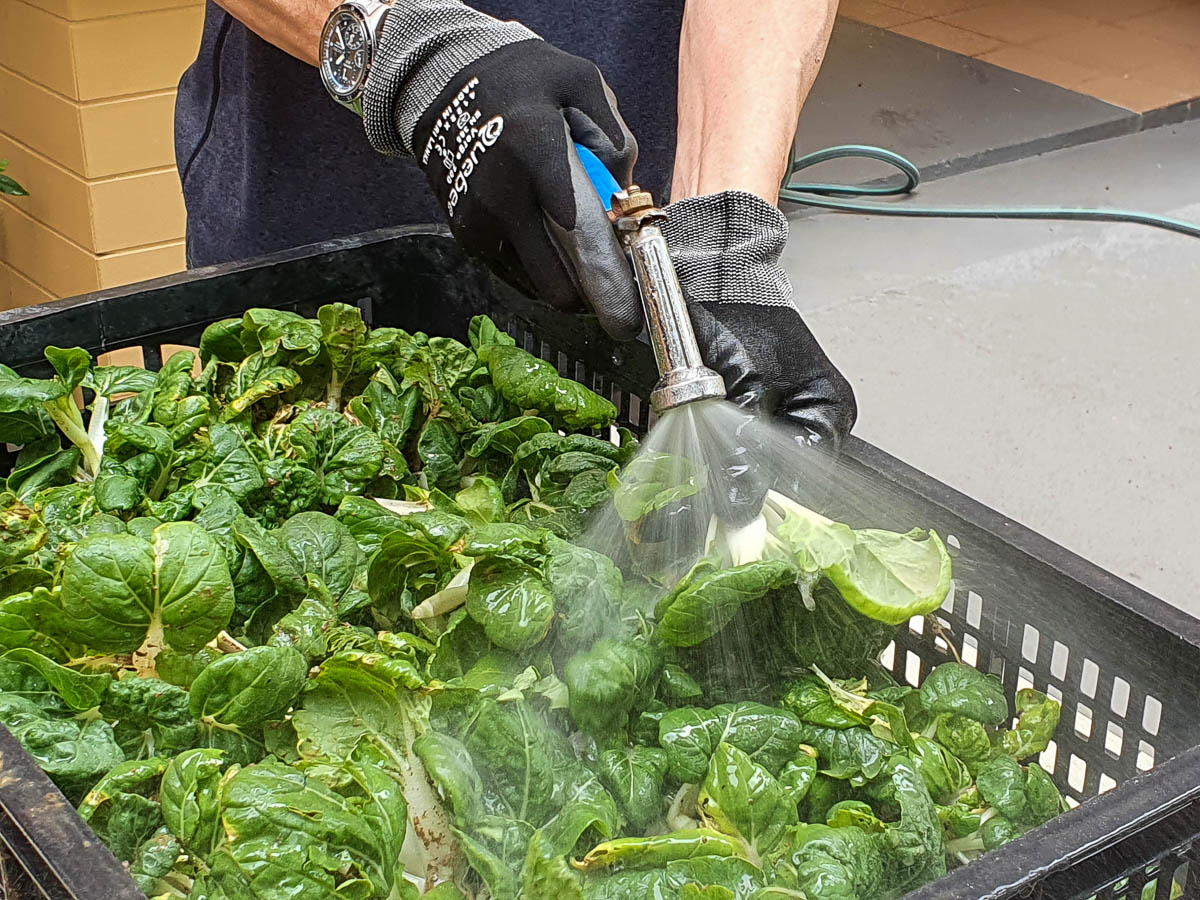Growing edibles for eating and harvest hygiene
.jpg)
Nothing is more satisfying than eating crops that you have grown yourself, but care must be taken to make sure your plants are safe for eating. Here are some tips for keeping your produce safe:
Using safe soil and water
.jpg)
Using soil and water from known and reliable sources is important as microbes, pollutants and other harmful substances can make your crops unsafe to eat. Pollutants from sewage are of great concern and can make you sick if they are consumed after they touch your edible plants.
In the same vein, raw manure can contain pathogens, and should not be used as fertiliser directly in the garden to prevent contamination of soil and water. Always use processed fertilisers from reliable sources to stay safe.
Pest management
.jpg)
Excessive use of pesticides can contaminate crops and cause pose health risks if used incorrectly. Using integrated pest management methods, like netting, regular pruning and companion planting is better for your garden biodiversity and keeps your produce uncontaminated.
It is best practice to only use pesticides made from food-safe materials to control pests on crops. If any pesticide is used, observe a waiting period of at least a week between application and harvest for safety.
Harvesting hygiene
.jpg)
Edible plants should be harvested with a clean pair of secateurs or scissors to prevent the spread of plant diseases. Rotting and damaged leaves or fruit should be trimmed off.

Wash all harvested plants thoroughly to remove soil, pests and environmental contaminants from your crops. Dry your harvest with clean paper towels and store in a cool dry place or the fridge before consumption.
Download and print out our checklist for the safe growing and harvesting of edible plants for reference!

